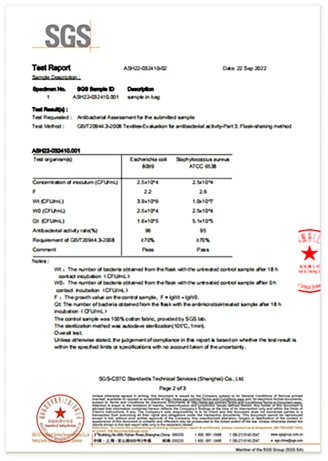High-Quality Medical-Grade Mattresses for Ultimate Comfort and Support in Healthcare Settings
The Importance of Medical-Grade Mattresses in Healthcare
In today's fast-paced world, ensuring quality healthcare extends beyond clinical treatments to the very environments in which patients recover. Among the pivotal elements of a healing environment is the mattress on which patients rest. Enter medical-grade mattresses, specifically designed to meet the unique needs of healthcare settings.
What is a Medical-Grade Mattress?
Medical-grade mattresses are specialized sleeping surfaces engineered to provide optimal support and comfort for patients. Unlike traditional mattresses, which are primarily designed for home use, medical-grade mattresses cater to the unique requirements of hospitals, nursing homes, and rehabilitation centers. They are constructed with advanced materials and technology that help reduce pressure sores, enhance circulation, and provide a hygienic living environment.
Benefits of Medical-Grade Mattresses
1. Pressure Relief One of the foremost benefits of medical-grade mattresses is their ability to alleviate pressure on the patient's body. Many patients, especially those with limited mobility, are at risk of developing pressure ulcers. Medical-grade mattresses offer contouring support that redistributes weight evenly, minimizing the risk of skin breakdown.
2. Hygiene and Infection Control In a healthcare setting, infection control is critical. Medical-grade mattresses are designed with waterproof covers and antimicrobial properties, making them easier to clean and less prone to harboring bacteria, viruses, and allergens. This feature is especially vital in preventing hospital-acquired infections.
3. Durability and Lifespan Healthcare facilities require products that withstand constant use. Medical-grade mattresses are crafted with durable materials that resist wear and tear, ensuring they remain effective throughout their lifecycle. This durability not only provides better patient care but also offers cost-effectiveness for institutions.
china medical-grade mattress

4. Temperature Regulation Many medical-grade mattresses come equipped with temperature-regulating materials that help maintain a comfortable body temperature. This feature is particularly essential for patients who may have difficulty regulating their body heat due to medical conditions or treatments.
5. Enhanced Mobility Certain models of medical-grade mattresses are designed to facilitate patient transfers and mobility. Features such as low friction surfaces or built-in lifting capabilities make it easier for caregivers to assist patients, thus reducing the risk of injury during repositioning.
Choosing the Right Medical-Grade Mattress
When selecting a medical-grade mattress, several factors should be considered. The type of mattress—whether it’s foam, air, or hybrid—will depend on the patient's condition and specific needs. For example, air mattresses are often preferred for long-term care patients, as they provide excellent pressure relief and can be adjusted for firmness. Meanwhile, foam mattresses may be suitable for short-stay patients who require moderate support.
It’s also crucial to consider the mattress's warranty and the manufacturer's reputation. Institutions should seek mattresses that are certified by relevant healthcare organizations, ensuring they meet rigorous safety and efficacy standards.
Conclusion
The role of medical-grade mattresses in healthcare settings cannot be overstated. These specialized mattresses not only enhance patient comfort but also play a critical role in patient recovery, safety, and hygiene. As the healthcare industry continues to evolve, investing in high-quality medical-grade mattresses will remain a fundamental aspect of providing top-tier patient care. In turn, this investment contributes positively to patient outcomes, reinforcing the importance of a healing environment in the overall healthcare experience.
-
The Effect of Coconut Foam Mattress Breathability and Humidity Regulation on Improving Sleep QualityNewsJul.03,2025
-
How Wave Mattress Systems Improve Blood Circulation During ImmobilityNewsJul.03,2025
-
The Climate-Adaptive Sleep Revolution: Exploring the Benefits of Cooling Gel Memory Foam MattressesNewsJul.03,2025
-
Exploration of the Role of Coconut Foam Mattress in Preventing Bedsores in the ElderlyNewsJul.03,2025
-
Comparing Wave Mattress and Air Mattress: Which Is Better for Medical Use?NewsJul.03,2025
-
Analysis of Comfort and Environmental Performance of Natural Latex and Coconut Foam MattressNewsJul.03,2025
-
Multi-Layer Construction for Enhanced Performance in Gel Mattress PadNewsJun.24,2025

